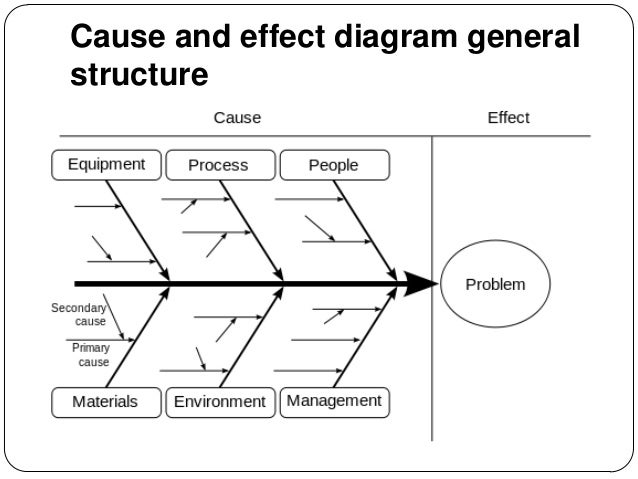

- #ISHIKAWA DIAGRAM SOFTWARE DEVELOPMENT DRIVER#
- #ISHIKAWA DIAGRAM SOFTWARE DEVELOPMENT PROFESSIONAL#
- #ISHIKAWA DIAGRAM SOFTWARE DEVELOPMENT FREE#
#ISHIKAWA DIAGRAM SOFTWARE DEVELOPMENT DRIVER#
is a classic. It was even possible to design the doors of the Mazda Miata so that the driver could rest their arm on them while driving. To overcome the problems identified in a fishbone diagram, the Mazda Miata car Corrective Action Reports are used to document a defect and. Kaoru Ishikawa, who was trying to solve problems at Kawasaki shipyards during the 1960s, revived the fishbone diagram idea and it quickly became popular. The fishbone diagram was not new even in the 1960s. It was used as a quality control tool in the 1920s. It allows the team to examine the distinct categories and consider alternative causes. Team members with personal knowledge of the systems and processes involved in the event or problem should be included. Learn More. The smaller “bones”, which are part of the various cause categories, list possible contributing causes. A fishbone diagram is a useful tool for identifying the potential causes of a problem. the causes of a problem, such as the Five Whys tool. The head or mouth of the fish displays the problem or effect It's the change in the average value of the output caused by. Learn More. This method is more structured than other tools for brainstorming Define Brainstorming Imagine that you are faced with a task. Did you include all relevant information, and is it organized under the right categories? Try sending a URL to a colleague and inviting them to comment or collaborate with you.What is a Fishbone Diagram? (or Ishikawa Diagram)Ī Fishbone Diagram template (also known as a cause-and-effect diagram or Ishikawa Diagram) is an important LEAN tool that can be used in excel to help brainstorm, identify potential causes, and sort ideas into useful categories. A fishbone diagram can be used to visually see cause and effect It's the change in the average value of the output caused by. Make sure your text is error-free and large enough to read. The more details you have, the easier it will be to analyze your problem.Īfter you’ve completed the document, it’s time to review. Remember to add as many causes as you can think of, even if some of them are less likely to occur than others. Click on any line again to angle it or rotate it. To draw a line without dragging it out from a shape, simply hold down the L key and crosshairs will appear.
#ISHIKAWA DIAGRAM SOFTWARE DEVELOPMENT FREE#
You are also free to choose your own, more specific categories, depending on what best fits your diagram.ħ. To add causes, draw new lines from the category lines and label them with text boxes. If you’re not sure what to include, these categories are a great first step. The traditional categories for a fishbone diagram are the six M's: First, determine all the potential causes for a problem, and then group them into categories. It might be helpful here to think backwards. Next, you’ll add lines and corresponding boxes to show the categories of causes for your problem statement. Your line will be shorter or longer depending on how many categories you want to include.Ħ. Depending on your industry and use case, the problem could be anything from “shipments arrive late” to “patient readmitted to the hospital.” Once you have the problem statement, draw a line out from it. Drag out a box from the toolbox in Lucidchart (it’s accessible from the left side of the screen), then double-click to label it accordingly.

Since fishbone diagrams are used to analyze cause-and-effect relationships, the problem statement is your final effect or result. Explore and start with a fishbone diagram template or create a new document in Lucidchart.ĥ. The first thing you need for your fishbone diagram is a problem statement. Open our editable template to start tackling your own business’s obstacles.Ĥ. This example shows the brainstorming process for a marketing team that’s trying to understand why website traffic has dipped.
#ISHIKAWA DIAGRAM SOFTWARE DEVELOPMENT PROFESSIONAL#
It’s professional diagramming software that runs seamlessly in your browser. It’s simple to create your own cause and effect analysis example by using Lucidchart.


 0 kommentar(er)
0 kommentar(er)
